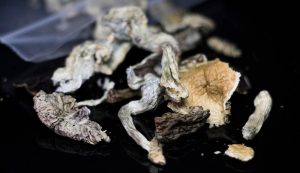
People plagued by frequent nightmares may find relief from hearing a specific sound as they sleep, a new, small study suggests. It’s estimated that about 4% of adults have nightmares that are frequent and distressing enough to impair their sleep and daily functioning. In some cases, the nightmares are related to an underlying condition, like post-traumatic stress disorder (PTSD), while others are considered “idiopathic,” or having no known cause. Many nightmare sufferers simply live with them. “Most people either think it’s normal to have so many nightmares, or they don’t know there’s treatment available,” said Jennifer Mundt, a behavioral sleep medicine specialist at Northwestern Medicine in Chicago. When it comes to nightmare disorder, as it’s officially known, the treatment with the best evidence is imagery rehearsal therapy (IRT), Mundt said. With that technique, people work with a therapist to recall their nightmares, change the negative storyline to one with a positive ending, and then rehearse the new script during the day. Research shows that IRT can start to banish people’s nightmares within two to three weeks. However, around 30% of patients do not respond, according to the new study’s researchers, from the University of Geneva in Switzerland. So, they tried to boost the effectiveness of IRT by adding an approach known as targeted memory reactivation — where people learn to associate a cue, like a… read on > read on >






































